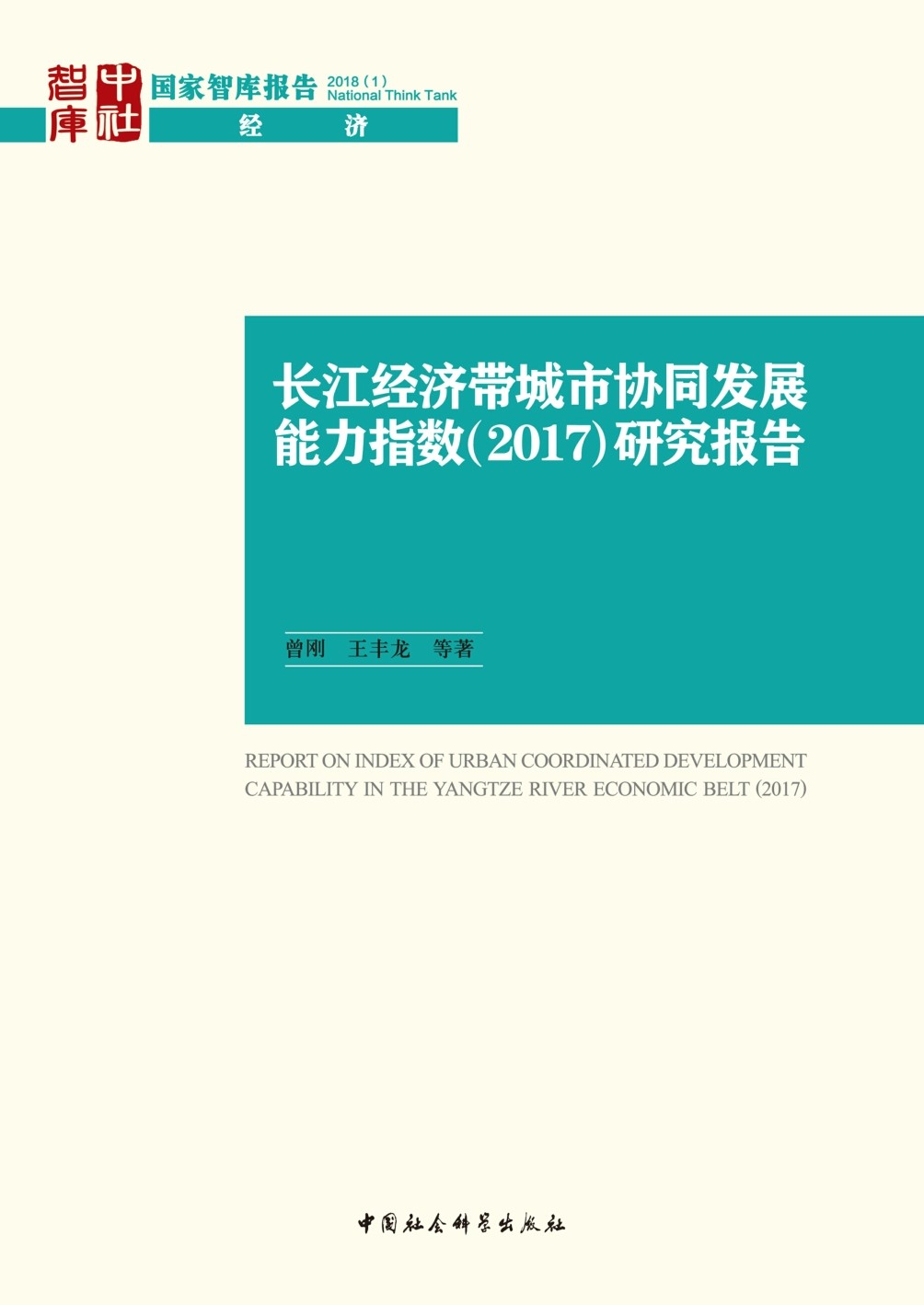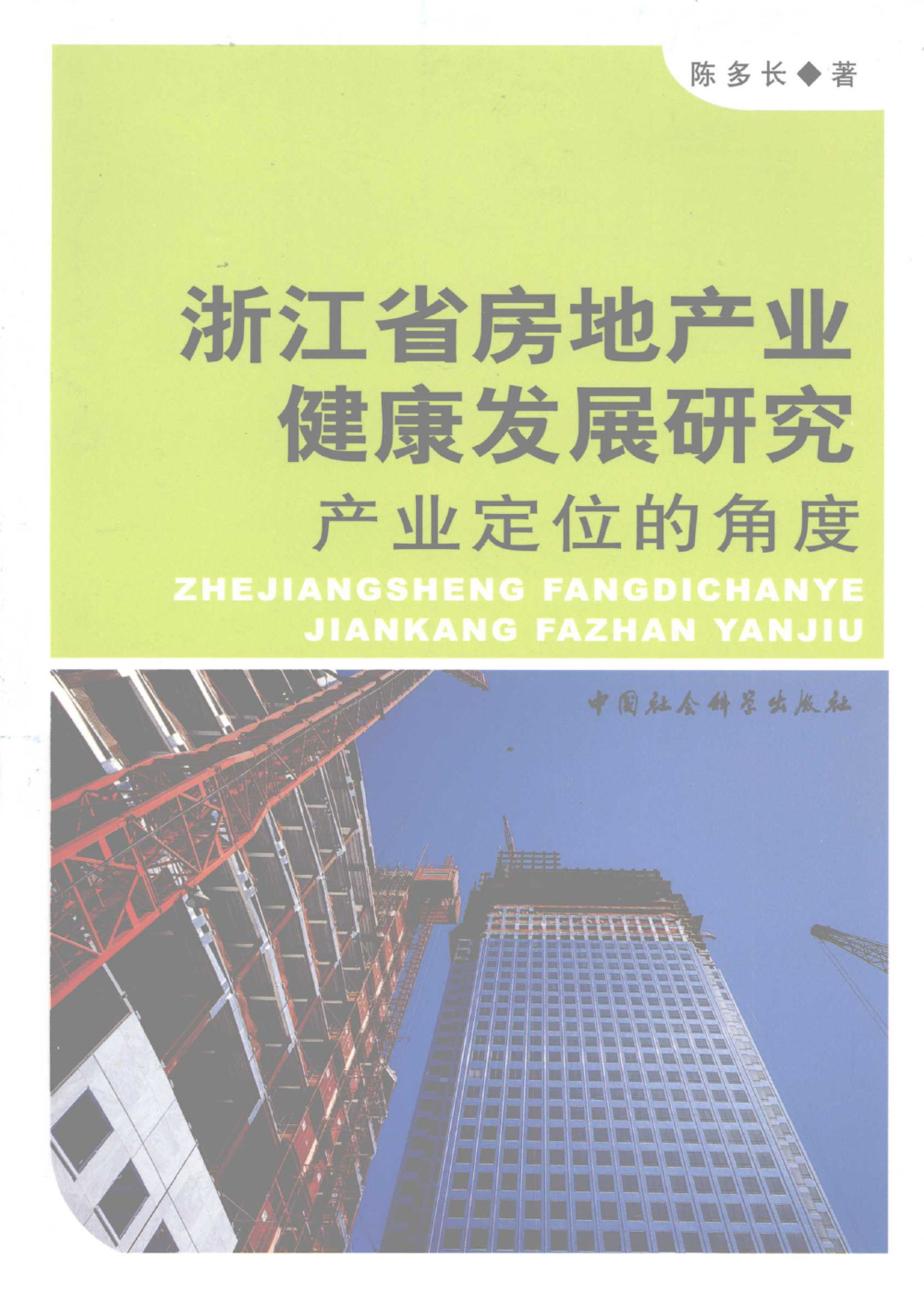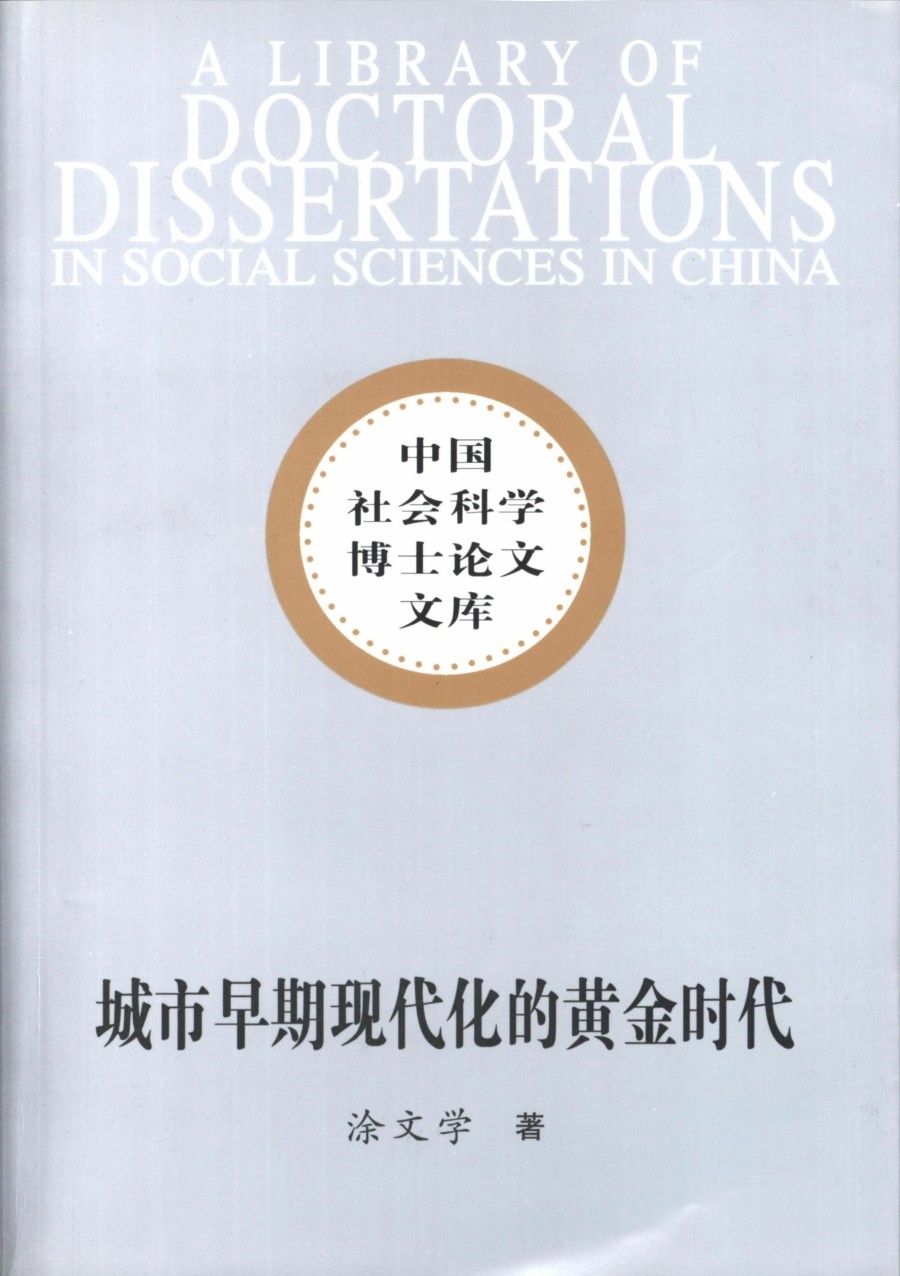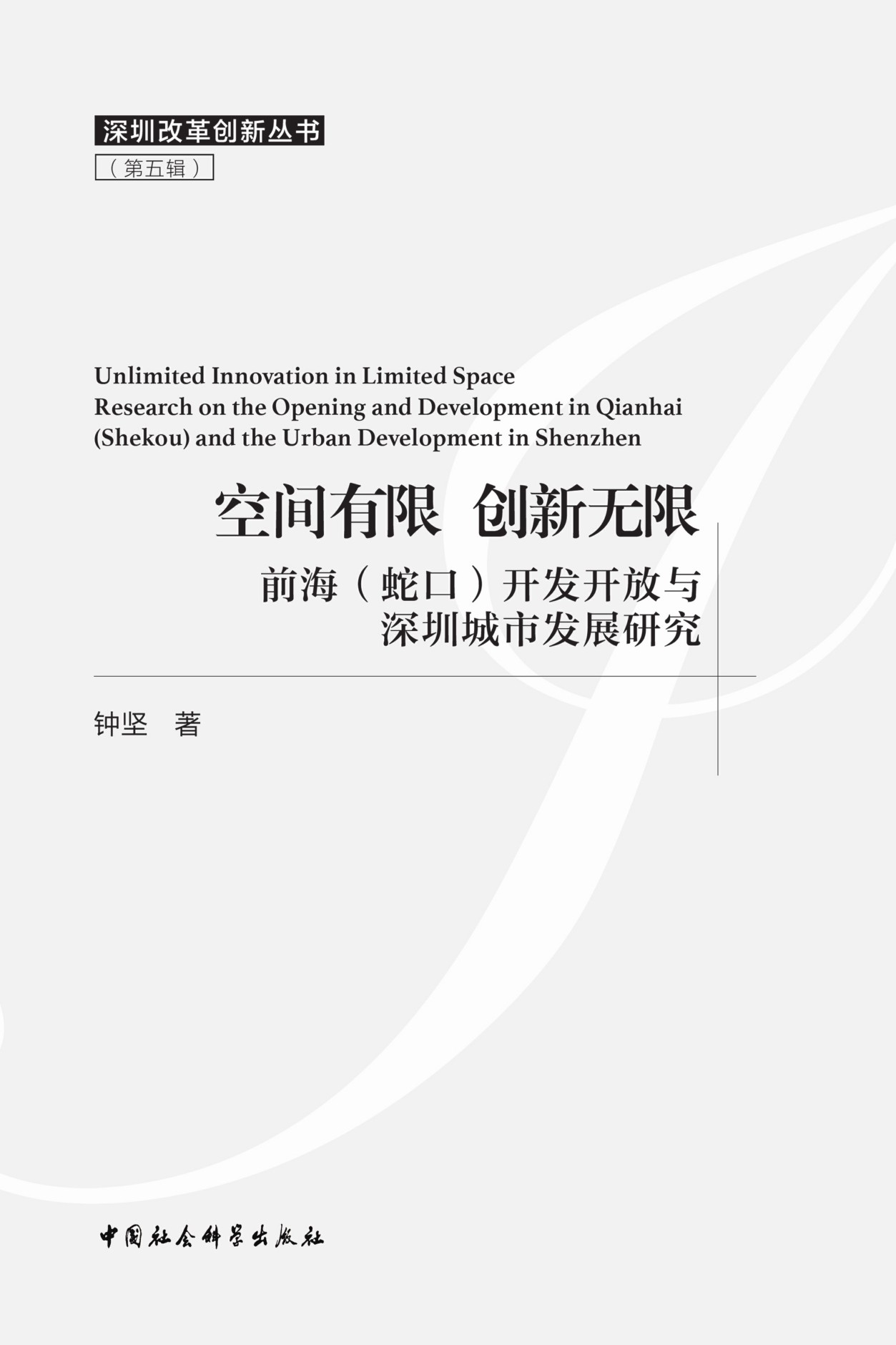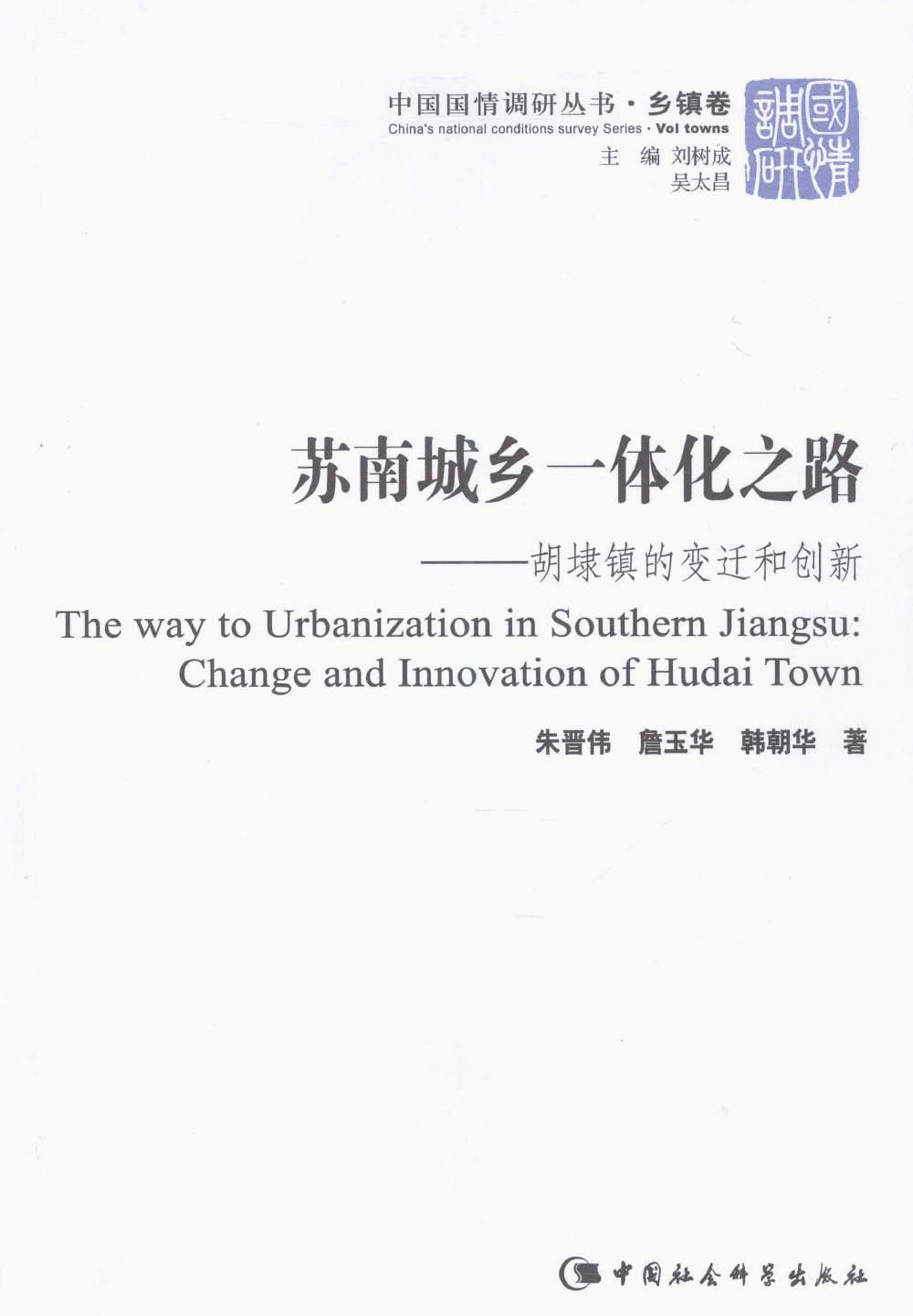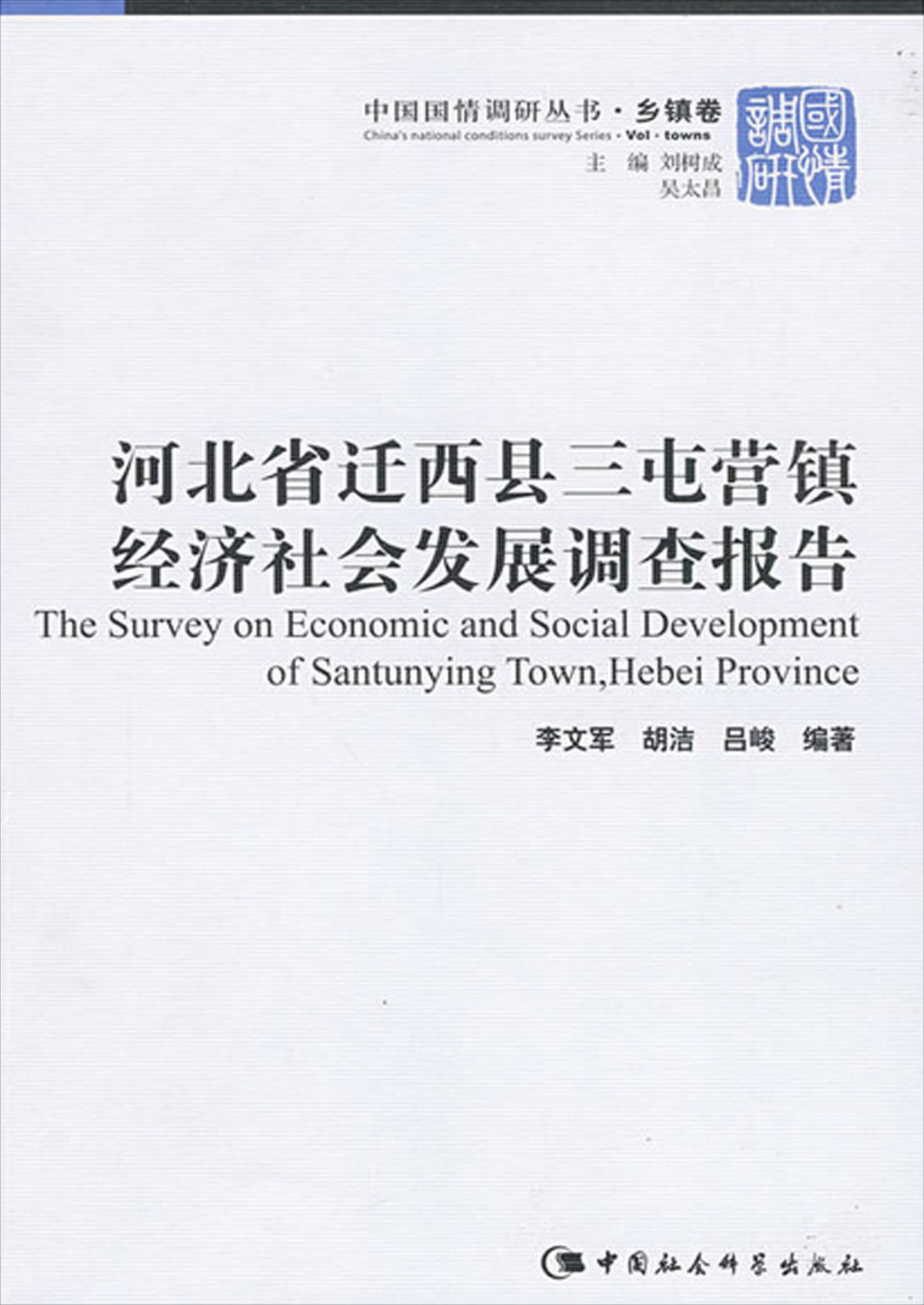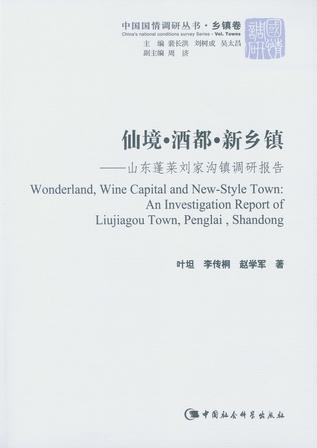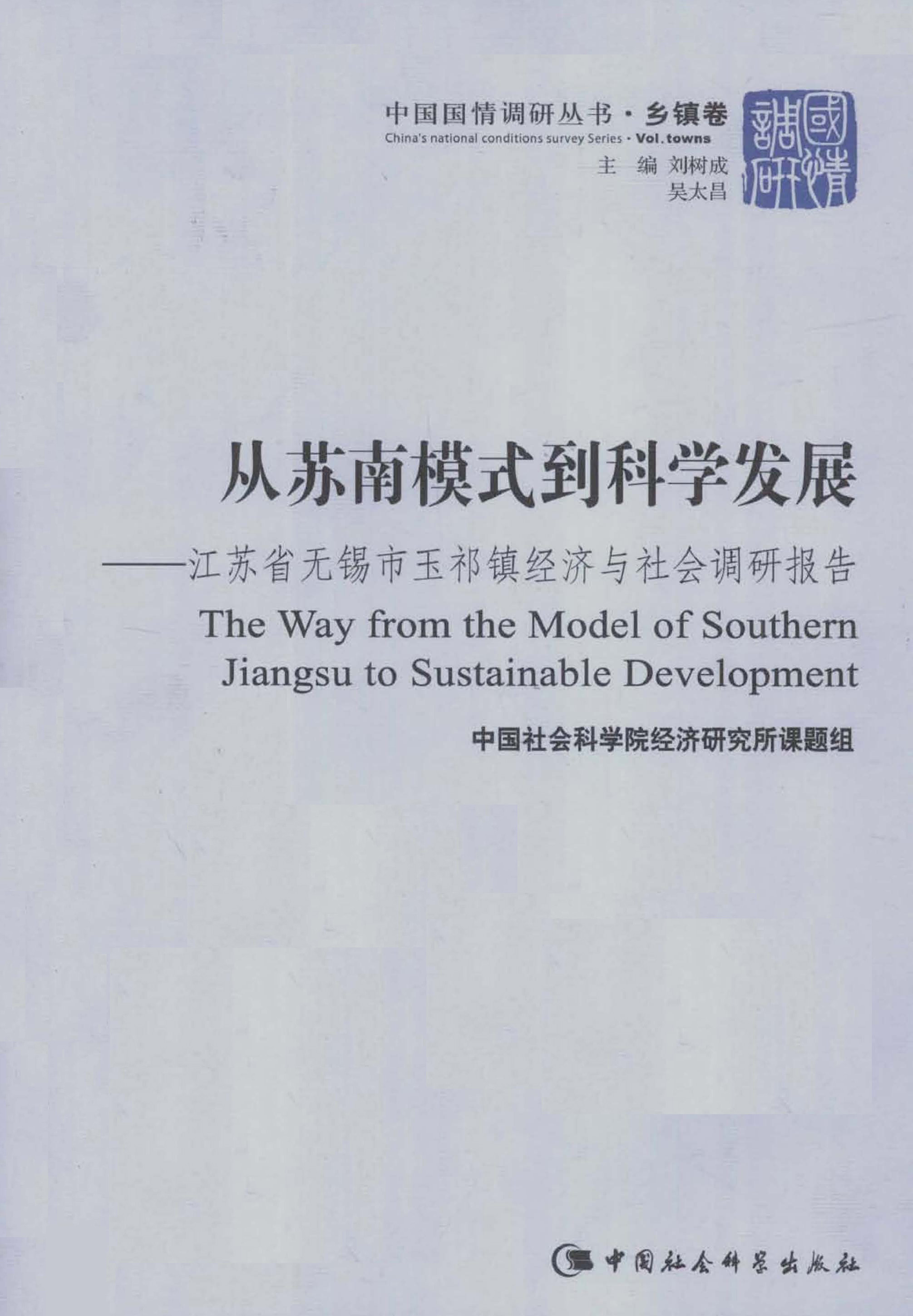内容简介
作者简介
目录
摘要:长江经济带是新时期我国重大国家发展战略之一,而城市间的协同发展能力直接关系到长江经济带建设的成败。本书在借鉴协同创新、韧性城市等领域最新研究成果的基础上,根据党的十九大报告指示精神,瞄准“绿色·创新·稳健”的发展目标,构建了由科技创新、经济发展、交流服务、生态保护四大领域、18项具体指标构成的长江经济带城市协同发展能力评价指标体系,对2017年长江经济带110座地级及以上城市的协同发展能力进行了计算。此外,本书还采用了自然断裂点、空间自相关、规模—位序等分析方法,论述了长江经济带城市协同发展能力的空间分布特征、演变过程、驱动因子和存在问题。本书指出,长江经济带城市协同发展能力空间分布上总体呈现东高西低的格局;上海龙头作用显著,南京、武汉等中心城市表现卓越。与2016年相比,杭州、重庆等城市由于在生态保护后续投入不足而在整体排名中下滑,黄山、丽江等经济发展水平不高但环境本底条件较好、生态保护投入增长较快城市则在总排名中显著上升。为了提升长江经济带城市协同发展水平,建议加强顶层设计、构建分层协同发展机制、推动绿色产业的创新协调发展、强化生态安全风险的联合防控。关键词:长江经济带 协同发展 指数 绿色发展 创新Abstract: The Yangtze River Economic Belt is one of China's major national development strategies in the new era.The inter-city cooperation is decisive for the success or failure of the development of Yangtze River economic belt.Based on the latest research in such fields as collaborative innovation and resilient cities,this book defines the guideline as“green,innovative and resilient development”according to the directives of the 19 th National Congress of the Communist Party of China and proposes a series of indictors to evaluate the capability of coordinated development for the 110 prefecture-level cities in the Yangtze River economic belting 2017.These indicators are mainly drawn from four areas including scientific and technological innovation,economic development,transportation and exchange system,and ecological protection.The ranking list of the 110 prefecture-level cities in the Yangtze River economic beltis released based on their capability of collaborative development.In addition,the book also uses natural breakpoints analysis,spatial autocorrelation,ranksize distribution and other methods to analyze the spatial distribution,evolution process,driving factors and problems of coordinated development capability of the cities in the Yangtze River economic belt.It is shown that the spatial distribution of the coordinated development capability of cities in the Yangtze River economic belt is characterized with an overall pattern of high level in the east and low level the west.Shanghai plays a leading role,and the central cities such as Nanjing and Wuhan also have outstanding performance.Noticeably,cities such as Hangzhou and Chongqing decline in the overall rankings compared with 2016,because of insufficient efforts in ecological protection;on the contrary,cities such as Huangshan and Lijiang which are not well developed in economy but in good environmental conditions and with heavy investment in ecological protection significantly proceed in the ranking than 2016.In order to advance the coordinated development of the cities in the Yangtze River economic belt,it is suggested to strengthen the top-level institutional design,build a multiscalar coordinated development mechanism,promote the coordinated innovation in green industry and enhance joint prevention and control of ecological security risks.Key words: Yangtze River Economic Belt,Coordinated Development,Index,Eco-friendly Development,Innovation
全部显示∨
王丰龙,男,1988年11月生,内蒙古赤峰市人,2009年7月获中山大学理学学士学位,2015年11月获香港浸会大学哲学博士学位。现任华东师范大学城市发展研究院讲师、晨晖学者、教育部人文社科重点研究基地中国现代城市研究中心兼职研究员。在中外学术期刊发表论文40余篇,在国内出版专著2部,研究主要涉及区域协同创新、地理学方法、政治地理和幸福感等领域。
全部显示∨
第一章 长江经济带城市协同发展的背景一 协同发展是当今世界各国发展的重要共识
二 协同发展是落实“一带一路”与长江经济带国家战略的重要抓手
三 协同发展是长江经济带各省市发展的内在需求(一)产业分工合作是流域经济发展的重要优势
(二)城市协同助推流域科技创新
(三)城际合作有利于流域生态保护
第二章 长江经济带城市协同发展能力评价方法一 协同发展能力评价指标体系(一)经济发展指标
(二)科技创新指标
(三)交流服务指标
(四)生态保护指标
二 计算过程与分析方法(一)计算过程
(二)分析方法
第三章 长江经济带城市协同发展能力评价结果一 长江经济带城市协同发展能力排行榜
二 长江经济带专题领域协同发展能力排行榜(一)长江经济带城市经济协同发展能力排行榜
(二)长江经济带城市科技创新协同发展能力排行榜
(三)长江经济带城市交流服务协同发展能力排行榜
(四)长江经济带城市生态保护协同发展能力排行榜
(五)不同领域协同发展能力的相关关系
三 城市协同发展能力的变化情况
四 城市协同发展能力的空间关系分析(一)长江经济带城市协同发展能力空间集聚效应分析
(二)长江经济带城市协同发展能力空间异质性分析
(三)长江经济带城市群的空间划分
第四章 促进长江经济带城市协同发展的政策建议一 推进长江经济带绿色、创新、稳健发展工作的顶层设计(一)科学调整中央各职能部门权责,统筹强化全流域管理效能
(二)实行从严从紧的环境管制,率先推进生态文明管理体制改革
(三)强化市场机制和多元参与,构筑国际领先的流域区治理体系
二 加快构建以重要节点城市为核心的分层协同发展机制
三 推动长江经济带绿色产业的创新协调发展(一)优化长江经济带产业布局,推动产业生态化
(二)促进绿色技术创新,推进生态产业化
四 强化长江经济带生态安全风险的联合防控(一)精准判别生态环境短板,科学预警生态安全风险
(二)加快建设生态灾害通报系统,系统提升生态风险管控水平
五 以规划和工程项目为依托加强长江经济带生态整治工作(一)开展长江经济带流域生态保护和开发分区规划
(二)实施一系列生态修复和污染防治工程
附录 长江经济带生态风险专题报告
参考文献
